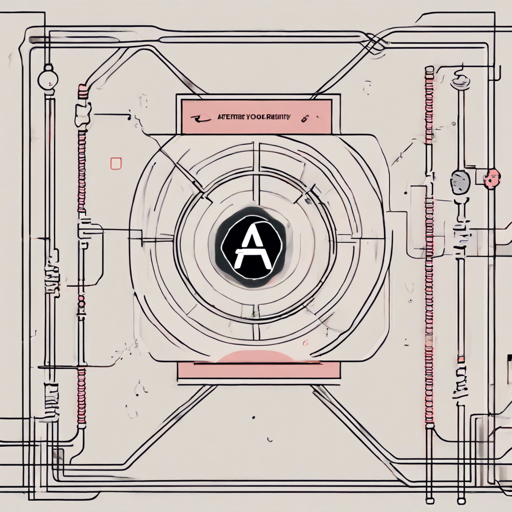Welcome to the fascinating world of Aeternity, a new blockchain designed specifically for decentralized applications (or æpps). Aeternity shines through its optimization for scalability, integrated oracle services, and a robust naming system. Whether you’re looking to dive into the development pool or simply run a node, this guide will help you navigate the waters smoothly.
Why Aeternity?
Aeternity enhances blockchain development with the following features:
- Scalability through smart contracts in state-channels
- Real-world data integration via built-in oracles
- A developer-friendly naming system
- Written in Erlang for robustness
How to Start: Installation Instructions
Ready to join the Aeternity ecosystem? Below is a straightforward guide to installing and running the Aeternity node. Follow along carefully!
Quick Install on Linux/Mac
The easiest way to install is by using the installation script. Simply run the following command in your terminal:
bash (curl -s https://install.aeternity.io/install.sh)After installation, visit the documentation for instructions on starting and configuring your node.
Using Docker
If you prefer running a Docker container, use the following commands:
mkdir -p ~/.aeternitymaindb
docker pull aeternity/aeternity
docker run -p 3013:3013 -p 3015:3015 -v ~/.aeternitymaindb:/home/aeternity/node/data/mnesia aeternity/aeternityWindows Installation via Docker
On Windows, execute the following commands:
mkdir %APPDATA%/aeternitymaindb
docker pull aeternity/aeternity
docker run -p 3013:3013 -p 3015:3015 -v %APPDATA%/aeternitymaindb:/home/aeternity/node/data/mnesia aeternity/aeternityRestoring from Snapshot
Speed up your initial blockchain synchronization by restoring from a snapshot. Follow these steps:
- Ensure the node is stopped
- Delete existing database contents
- Download the latest database snapshot
- Verify its checksum
- Unarchive the database snapshot
Use the following shell commands for this process:
rm -rf ~/.aeternitymaindb
mkdir -p ~/.aeternitymaindb
curl -o ~/.aeternity/mnesia_main_v-1_latest.tar.zst https://aeternity-database-backups.s3.eu-central-1.amazonaws.com/main_backup_v1_full_latest.tar.zst
CHECKSUM=$(curl https://aeternity-database-backups.s3.eu-central-1.amazonaws.com/main_backup_v1_full_latest.tar.zst.md5)
diff -qs <(echo $CHECKSUM) <(openssl md5 -r ~/.aeternity/mnesia_main_v-1_latest.tar.zst | awk '{ print $1; }')
test $? -eq 0 && tar --use-compress-program=unzstd -xf ~/.aeternity/mnesia_main_v-1_latest.tar.zst -C ~/.aeternitymaindbUnderstanding the Snapshot Process with an Analogy
Think of the Aeternity node's blockchain as a library. Each book on the shelf represents a block of data, and together they create a cohesive story called the blockchain. Restoring from a snapshot is similar to having a special edition of a book series that provides all the information up to a certain point without needing to read every page (block) from the very start. It saves time and allows you to keep up with the latest developments without the hassle of sorting through accumulated volumes.
Troubleshooting
If you encounter issues while installing or running your Aeternity node, consider the following troubleshooting tips:
- Ensure your system meets all requirements listed in the documentation.
- Verify network configurations and firewall settings to allow port access (3013 and 3015).
- Check logs for any errors during node startup; they can provide valuable clues.
For more insights, updates, or to collaborate on AI development projects, stay connected with fxis.ai.
Additional Resources
For further enlightenment, visit the following:
At fxis.ai, we believe that such advancements are crucial for the future of AI, as they enable more comprehensive and effective solutions. Our team is continually exploring new methodologies to push the envelope in artificial intelligence, ensuring that our clients benefit from the latest technological innovations.

